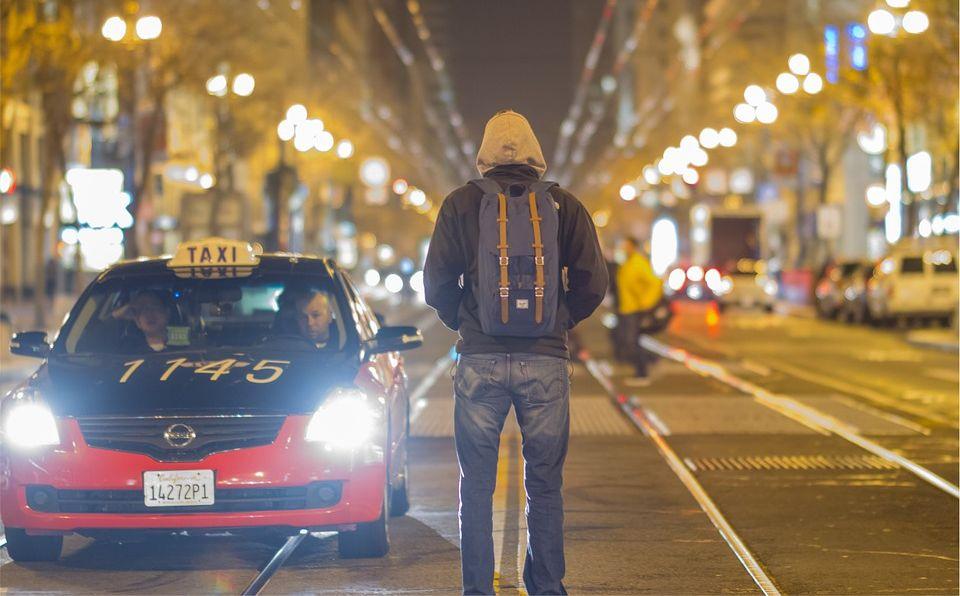Although Floyd Bennett Field and JFK International and La Guardia airports can be geographically classified as "Long Island" venues, there were some half-dozen Nassau and Suffolk County facilities that offered varying degrees of scheduled and charter, passenger-carrying airline service in traditional-land, amphibious flying boat, and rotary-wing helicopter forms.
Roosevelt Field:
Progressively forgotten with the advance of time and perhaps only associated with a shopping complex, the Roosevelt Field name was once a sprawling expanse of aeronautical activity that earned it the unofficial title of "world's premier airport."
Like forests that ultimately spring from flat fields, it itself rose from one that was called the "Hempstead Plains."
"The central area of Nassau County, known as the Hempstead Plains, (was) the only natural prairie east of the Allegheny Mountains," according to Joshua Stoff in "Historic Aircraft and Spacecraft in the Cradle of Aviation Museum" (Dover Publications, 2001, p. viii). "Treeless and flat, with only the tall grasses and scattered farmhouses, this area proved to be an ideal flying field, and was the scene of intense aviation activity for over 50 years."
Often referred to as "the cradle of aviation," it was the result of geographical, as well as topographic, aspects. Its proximity to Manhattan provided it with a dense population base, its east coast location invited country-crossing to the west, and its unobstructed, water-surrounding nature made it the natural origin for flights across Long Island Sound to Connecticut and New England, down the Hampton Court Taxis eastern seaboard to the mid-Atlantic states and Florida, and, finally, over the ocean for intercontinental connections between North America and Europe.
Unofficially called the Mineola Flying Field because of the Long Island Railroad's access to it through its station of the same name, it sprouted its initial wings when Dr. Henry Walden, a member of the Aeronautic Society of New York, took off in the first American monoplane from it in 1909, the result of the unsuitability of the smaller Morris Park in the Bronx the group had formerly used.
Even this proved less than adequate
"One mile to the east, the Hampstead Plains continued its treeless and unobstructed expanse, and this larger tract was indeed more suitable than the terrain of Mineola, which was narrow and hemmed in by roads in anticipation of building development," Stoff points out (ibid, p. 5.)
By the spring of 1911, the year the expanse became the Hempstead Plains Airfield, sedentary roots took hold east of Clinton Road in Garden City with the Moissant Aviation School, itself relocating from the now inadequately sized Nassau Boulevard Flying Field that definitively closed on June 1 of the following year.
Considered the country's first airport, it encompassed 1,000 acres and soon sprouted grandstands for air show spectators and some 25 wooden hangars.
But after the US's entry into World War I, in 1917, experimental flying morphed into bonafide military missions after delivery of four Curtiss Jenny biplanes, the airport transforming itself into one of only two of the nation's Army facilities. During the two-year period to 1919, it adopted the Hazelhurst Field name in honor of Second Lieutenant Leighton Hazelhurst, Jr., who had lost his life in an airplane accident in College Park, Maryland, on June 11, 1912.
With war sparked demand for ever larger facilities, a second expanse designated Aviation Filed #2 was opened south of the existing one in 1917, but was renamed Mitchel Field the following year in honor of John Purroy Mitchel, the New York City mayor who himself lost his life to aviation in Louisiana.
Flying Service
After the Curtiss Flying Service relocated to its Garden City headquarters and acquired Hazelhurst Field, it adopted yet a third name, Curtiss Field, with its 1920 purchase.
"In the next ten years, every aspect of civil and commercial flying was offered to the public-flight training, emerging air transport, (and) sightseeing tours," according to Joshua Stoff in another book, "Roosevelt Field: World's Premier Airport" (SunShine House, 1992, p. 30). "In ten years, it was estimated that 50,000 passengers had flown over 500,000 miles from the Curtiss Field Terminal."
"During the 1920s, aviation began to touch all aspects of American life," according to Joshua Stoff in yet a third book, "The Aerospace Heritage of Long Island" (Heart of the Lakes Publishing, 1989, p. 29). "The public clearly saw the unprecedented potential of aviation for commercial transport: Airmail, aerial advertising, cartography, and sport. All of these trends manifested themselves on Long Island."
It was during this time that one of the first indigenous carriers was established. Formed in 1923 by pre-Pan American Airways Juan Trippe, along with other former members of the Yale Flying Club and appropriately named Long Island Airways, it served as an aerial taxi serving, transporting wealthy New York socialites to country estates in war-surplus airplanes. It operated between 1923 and 1925.
Although the western portion of the Long Island expanse retained its Curtiss name to reflect owner Curtiss Aeroplane and Motor company, the eastern section, separated by a gully, was designated what eventually became the famous Roosevelt Field moniker after the death of Quentin Roosevelt, President Theodore Roosevelt's son, who had perished in a 1918 aircraft crash in France.
Although Floyd Bennett Field, which opened on May 26, 1931, became the nucleus of early commercial operations with its larger area, paved runways, and Brooklyn-proximity to Manhattan, Roosevelt Field boasted its own scheduled airline service.
